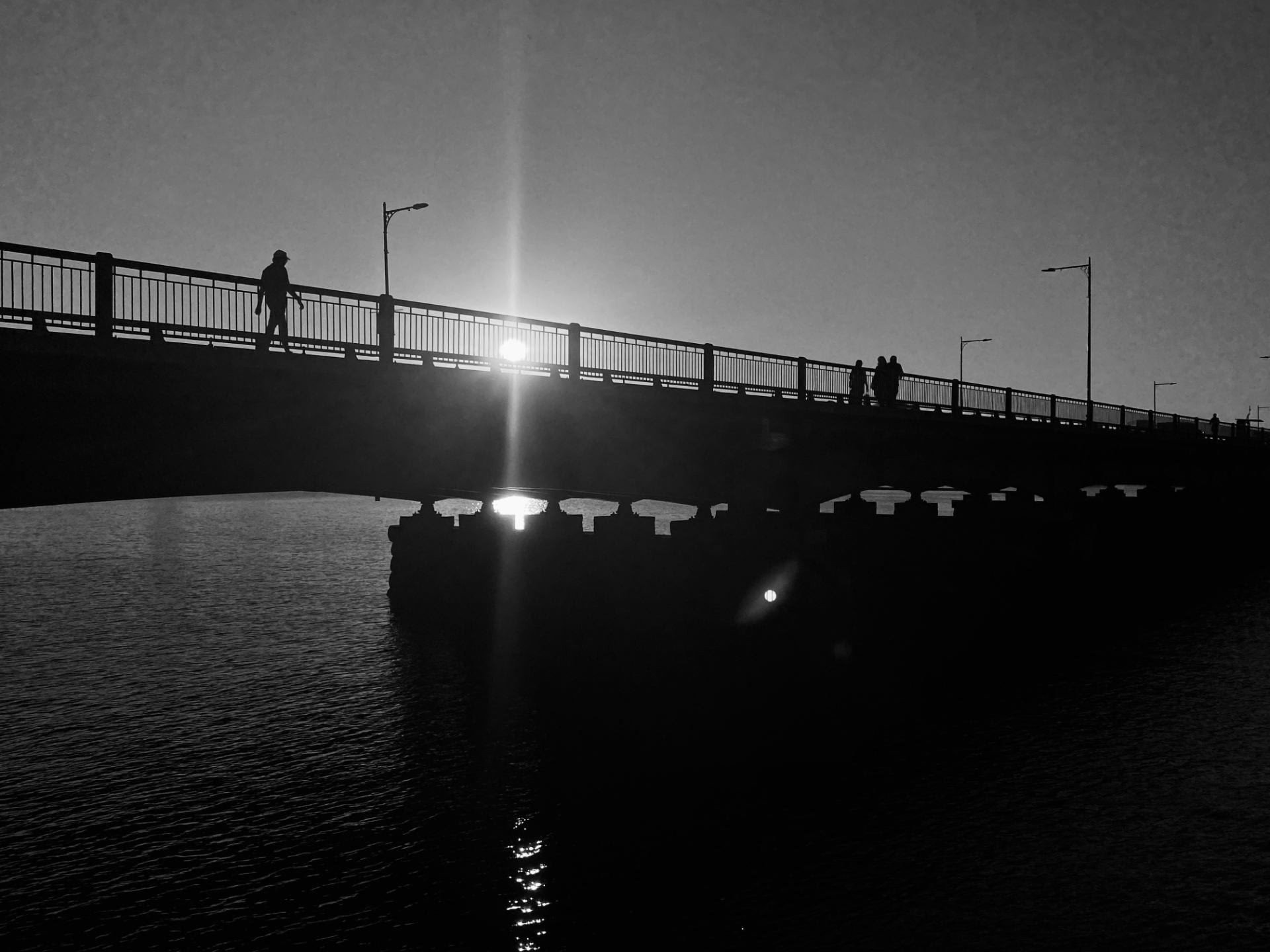To remember is to live again. It takes a collaboration of our powers of feeling– living in the raw sensory and emotional records imprinted on our bodies, combining them with awareness (predicated by acceptance), and at the end, our capacity to articulate and understand. It is no small feat. We must count ourselves fortunate when the emotions underlying memory see the daylight of consciousness on a regular basis. Often, however, they escape our awareness, or suddenly point inwards, colliding at the center of a great maelstrom, every member deflecting off in a violent spin, or crashing head-first into the melee, being, in the very etymological sense of the word, obliterated. Erased. The once-legible messages scrawled with chalk on the walls of the catacomb-tunnels of the mind flushed away into the great collective everything of the planet by an unseasonal flood which has become only more seasonal by the year.
In an apartment building somewhere above these tunnels, an artist stares out his third-story window and watches the clouds. He’s been sketching their shapes as they crawl across the sky, shedding off the wispiest tendrils on one end and tapping the air around them for vapor to drink. While watching the overlap between a particular pair of clouds for a while, the artist, by a will that was not quite his own, is summoned to his feet, compelled to take a break from tracking the ever-meshing ripples of the present, and to search the past for a more solid artifact, one which he could take his time in rendering onto the canvas, in full, everlasting color and beauty.
The artist walks to the forest nearby. The canopy makes the ground a living shadow, and the light begins to play tricks on the eyes. On the now-faded footpath he spots a hunched-over man in a dark hood leaning against a tree stump wider than he is tall. There is a faraway light in this man’s eyes in which the artist senses a great depth of wisdom. The artist hails him with a hello that is bright enough to convey his benevolence but steady enough to convey his respect.
The hooded man makes no point of introduction. He seems to already understand why the artist is here. He starts to recall a great faraway land, a beautiful image of evergreen trees dew-frosted in morning sun, sprouting one by one, frozen by the human eye in their twisting, branching, limb-breaking journey towards the sky and back to the earth. This sounds wonderful, the artist tells the hunched-over hooded man leaning against the tree stump who has begun to describe this place. The artist can already imagine his finished picture, hung before spectators who find themselves lingering in its presence longer than they will for the rest of the exhibit, or merely drawn by the crowd out of curiosity for what the rows of bodies are hiding. The artist presses further. What colors were the sky that day? How was the sun oriented within the scene? What could you see faraway? The man on the stump pauses to remember. He speaks slowly– Blue. Bright. Open. He looks at the ground. The artist has taken out his sketchbook and is working furiously with the fragment of charcoal he found in his coat pocket. He keeps listening, asking, scribbling. The hooded man takes longer and longer to respond. The artist finished his latest gesture on the paper but finds himself without anything to add. He looks up and the hooded man’s eyes have glazed over. He’s still looking at the ground. Sir, excuse me, did you hear what I said? He didn’t. The artist asks him to elaborate, make the picture more full — what the air felt like that day, the smell of flowers, birdsong. The hooded man doesn’t know. He doesn’t seem to care whether he knows or not. The artist proceeds with apprehension. He wants to know more, but the hooded man has turned his head away. The hooded man may be offended if the artist asks for any more details. It was a pleasure to hear your stories, sir — perhaps I will see you another day, the artist tells him. The artist starts to walk back to his apartment. He looks at his black and white sketch. Every stroke of his charcoal corresponded to a word, and from that to a memory, of that shrouded figure. It wouldn’t be right to take this image and turn it into anything more permanent when the man who began to share this image couldn’t bear to complete it. What a shame it was for inspiration to fail. What a pity it was, he thought, to forget.
Writer | Davis Rennella ’24 | drennella24@amherst.edu
Editor | M. Lawson ’25 | mlawson25@amherst.edu
